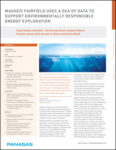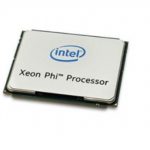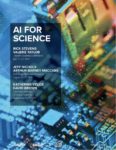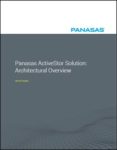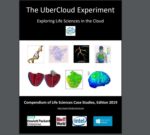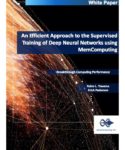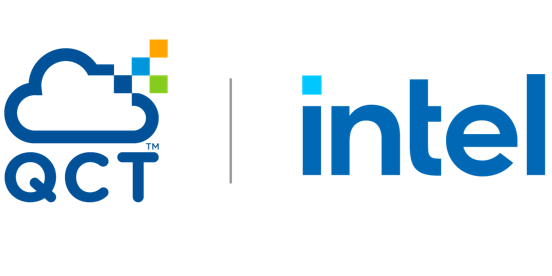Today the Alibaba Cloud announced it has offered medical personnel around the world a set of advanced cloud-based technology applications in the fight against the COVID-19 pandemic. Included are artificial intelligence-enhanced innovations based on learnings and insights garnered during the initial outbreak of the virus. “The series of cloud-native anti-coronavirus solutions stem from joint efforts of Alibaba Cloud’s solution experts, scientists and researchers from Alibaba DAMO Academy and the technical team at DingTalk, one of the platforms UNESCO has tabbed as facilitating distance learning during the coronavirus outbreak.”
New Paper: A novel error-correction scheme for quantum computers
By taking advantage of the infinite geometric space of a particular quantum system made up of bosons, the researchers, led by Dr Arne Grimsmo from the University of Sydney, have developed quantum error correction codes that should reduce the number of physical quantum switches, or qubits, required to scale up these machines to a useful size. “The beauty of these codes is they are ‘platform agnostic’ and can be developed to work with a wide range of quantum hardware systems,” Dr Grimsmo said.
New Paper Surveys Optimization Techniques for Intel Xeon Phi
A new paper by Dr Sparsh Mittal surveys techniques for evaluating and optimizing Intel’s Xeon Phi. Now accepted in Concurrency and Computation 2020, the survey reviews nearly 100 papers. “Intel Xeon Phi combines the parallel processing power of a many-core accelerator with the programming ease of CPUs. Phi has powered many supercomputers, e.g., in June 2018 list of Top500 supercomputers, 19 supercomputers used Phi as the main processing unit. This paper surveys works that study the architecture of Phi and use it as an accelerator for various applications. It critically examines the performance bottlenecks and optimization strategies for Phi. For example, the main motivation and justification for development of Phi was ease of programming.”
Argonne Publishes AI for Science Report
Argonne National Lab has published a comprehensive AI for Science Report based on a series of Town Hall meetings held in 2019. Hosted by Argonne, Oak Ridge, and Berkeley National Laboratories, the four town hall meetings were attended by more than 1,000 U.S. scientists and engineers. The goal of the town hall series was to examine scientific opportunities in the areas of artificial intelligence (AI), Big Data, and high-performance computing (HPC) in the next decade, and to capture the big ideas, grand challenges, and next steps to realizing these opportunities.
UberCloud Publishes Compendium Of Case Studies in Life Sciences
If you are considering moving some of your HPC workload to the Cloud, nothing leads the way like a good set of case studies in your scientific domain. To this end, our good friends at the UberCloud have published a compendium entitled, Exploring Life Sciences in the Cloud. The document includes 36 CFD case studies summarizing HPC Cloud projects that the UberCloud has performed together with the engineering community over the last six years. “From the 220 cloud experiments we have done so far, we selected 15 case studies related to the life sciences. We document the results of these research teams, their applications, findings, challenges, lessons learned, and recommendations.”
The GigaIO FabreX Network – New Frontiers in Networking For Big Data
GigaIO has developed a new whitepaper to describe GigaIO FabreX, a fundamentally new network architecture that integrates computing, storage, and other communication I/O into a single-system cluster network, using industry standard PCIe (peripheral component interconnect express) technology.
Whitepaper: Accelerate Training of Deep Neural Networks with MemComputing
“The paper addresses the inherent limitations associated with today’s most popular gradient-based methods, such as Adaptive Moment Estimation (ADAM) and Stochastic Gradient Descent (SGD), which incorporate backpropagation. MemComputing’s approach instead aims towards a more global and parallelized optimization algorithm, achievable through its entirely new computing architecture.”


